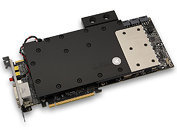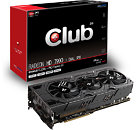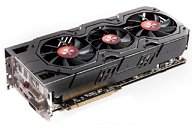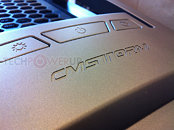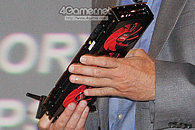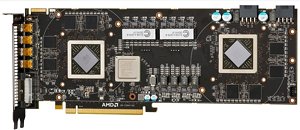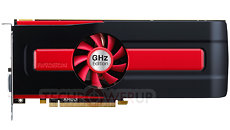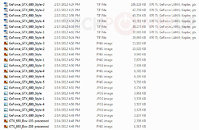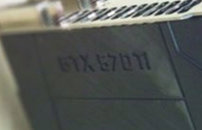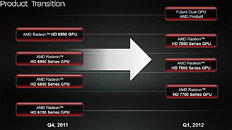
AMD Redoing Radeon HD 7990 Under New Codename - "Malta"
AMD topped off its "Southern Islands" graphics card family with Radeon HD 7990 "New Zealand," although it didn't have a reference design board of the said SKU. Around October 2012, AIB partners PowerColor, VTX3D, and Club 3D each released their custom design Radeon HD 7990-branded graphics cards, which packed a duo of Radeon HD 7970 GPUs, a total of 6 GB of memory, making up for a dual-GPU solution. Among most of these, the GPUs were clocked in the neighborhood of 950 MHz, and memory at 5.50 GHz. ASUS joined the party much later with the ROG ARES II, with 1100 MHz core, 6.00 GHz memory, and liquid cooling, but commands a hefty $1,600. Post GTX Titan, ARES II remains, at least according to AMD, the single fastest graphics card. The company seems interested in standardizing a new set of specifications for HD 7990, which could be priced competitively against NVIDIA's GTX Titan and GTX 690.
Enter the new Radeon HD 7990 "Malta," a new codename, redone specifications (clock speeds), same dual-GPU graphics card, with [hopefully] a competitive price. Its development checks out with AMD's recent statement in its teleconference last month, where it stated that we could see "more HD 7990 action" this year. According to a Technic3D report, AMD is looking to replace the generally accepted 925/950/1350 MHz (core/PowerTune Boost/memory) clock speed standard of the HD 7990 with something over 1000 MHz, probably even 1050 MHz for the core. There is no word on memory clock speed changes, although with its 384-bit wide memory interfaces, we don't imagine the "Tahiti" GPU to be facing a dearth of memory bandwidth. The HD 7990 "Malta" like the HD 7990 "New Zealand," will lack an AMD reference design, so one could expect more custom-design cards by partners. The new SKU could launch some time before July.
Enter the new Radeon HD 7990 "Malta," a new codename, redone specifications (clock speeds), same dual-GPU graphics card, with [hopefully] a competitive price. Its development checks out with AMD's recent statement in its teleconference last month, where it stated that we could see "more HD 7990 action" this year. According to a Technic3D report, AMD is looking to replace the generally accepted 925/950/1350 MHz (core/PowerTune Boost/memory) clock speed standard of the HD 7990 with something over 1000 MHz, probably even 1050 MHz for the core. There is no word on memory clock speed changes, although with its 384-bit wide memory interfaces, we don't imagine the "Tahiti" GPU to be facing a dearth of memory bandwidth. The HD 7990 "Malta" like the HD 7990 "New Zealand," will lack an AMD reference design, so one could expect more custom-design cards by partners. The new SKU could launch some time before July.




